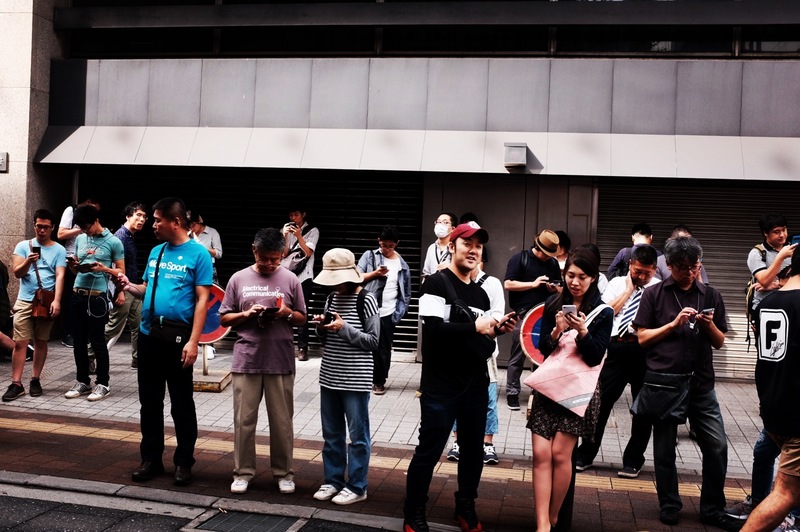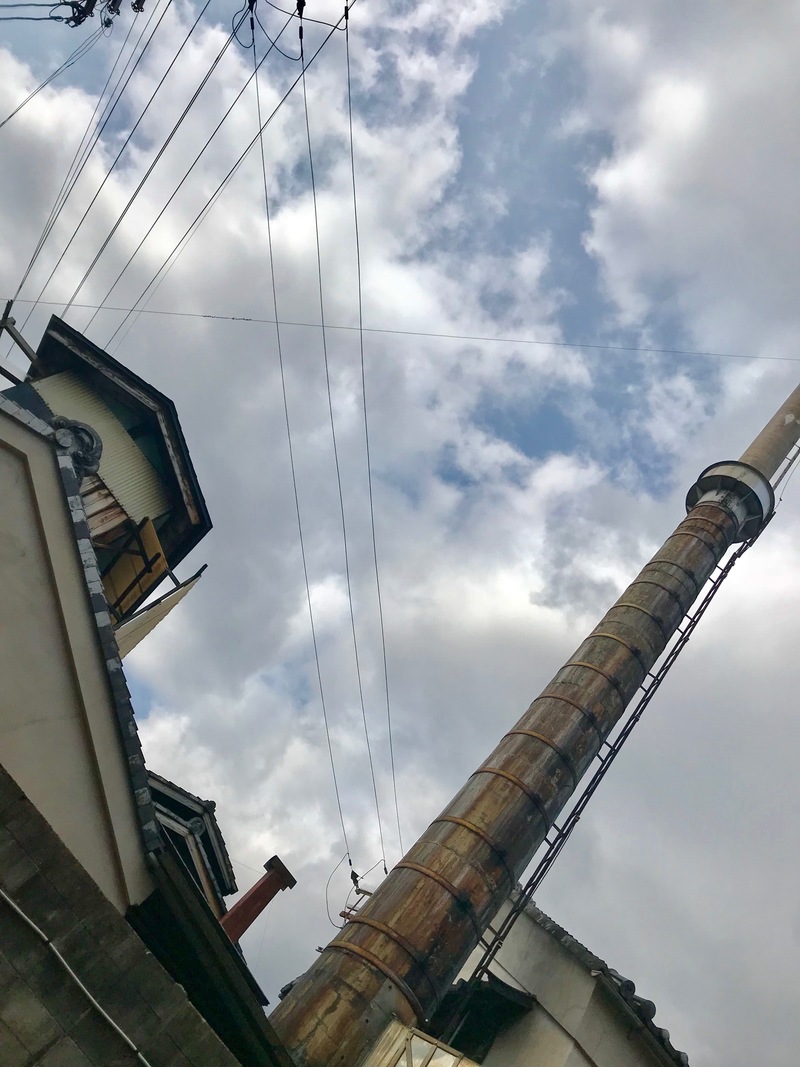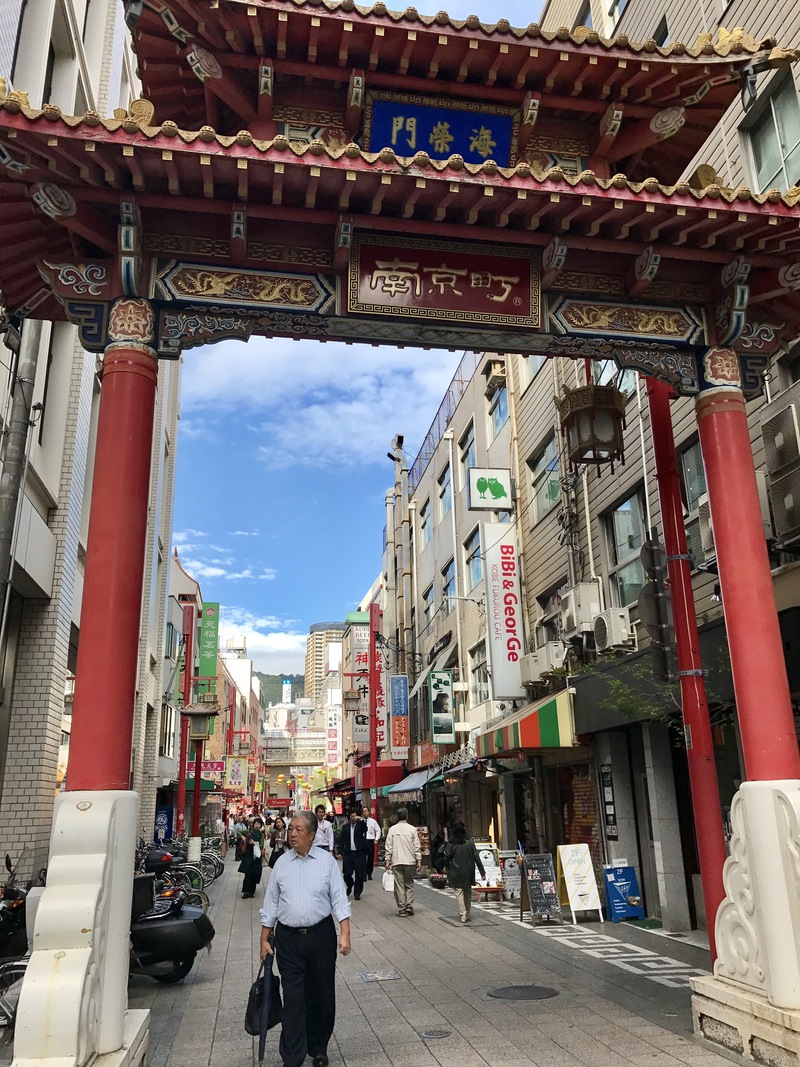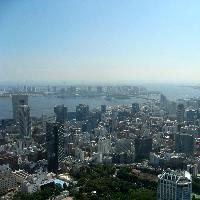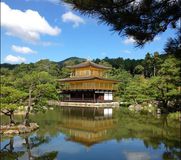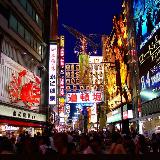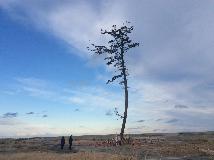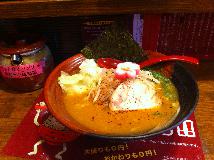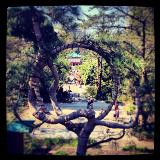By Carolyn Stevens and Tomohiro Matsuoka
Tue May 27 2014
Spontaneous recordings of disasters are often taken by accident, or by security cameras and recorders. The CIs of this project have experienced many earthquakes in Japan, but to date have not had recorders in hand. We have noticed, however, a variety of sounds: sometimes the first tremor is preceded by a whooshing noise through the air; when experienced in a built environment, one can always hear the loud creaking of the building as it shifts. If experienced in a small urban apartment, you can often hear the water from the toilet jumping out of the bowl as the building rocks back and forth. Visually, the main sensory input is that of books tipping sideways on shelves (or falling off altogether, depending on the strength of the tremor). Another sure visual sign of an earthquake no matter how small is the faint swinging of a single hanging light bulb, the most common light fixture in small urban apartments. Whether the experience is audio, visual, or of unexpected motion, earthquakes are a very sensory event, and certainly the larger the tremor, the more intense the experience is.
The 11 March Great Eastern Japan Earthquake, according to many survivors, included many auditory experiences including the sound of tsunami sirens and fire alarms (see the Nagatacho demonstration page for further discussion of the sounds of disaster as experienced by Fukushima residents). After the immediate rescue and recovery, the area's soundscape has been vastly changed. The affected areas have been depopulated, and many of the sounds of work, leisure and the community, which we hear in the Tokyo and Kyoto soundscapes, are gone.

The lone pine tree at Minamisoma which survived the tsunami
Tomohiro (Tomo) Matsuoka visited Fukushima in January 2014 to meet Mr. and Mrs. Hasegawa, dairy farmers from Iitate Village who had lost their dairy business due to the nuclear accident. After visiting their farm house in Iitate, the Hasegawas guided Tomo to Minamisoma, a coast town to the north of Fukushima Daiichi Nuclear Power Plant. The coastline of Minamisoma was directly hit by the tsunami, followed by the radioactive fallout. Residents continue to live in the area that escaped the impact of the tsunami but some parts of Minamisoma are still in the evacuation zone because of high levels of radiation. At the time of the visit, shops, restaurants and businesses seemed to be operating as usual. Their visit coincided with the public holiday
Seijin no Hi (Coming of Age Day) and young people who had just turned 20 were all dressed up in kimono and other finery for the ceremony, walking down the streets of Minamisoma. However, just 5 minute drive from there was a complete flat field. The concrete foundations along the empty road are the only reminder that this was once a residential neighborhood of the town. Nothing was standing as far as one could see. Then, further down the field, towards the coastline, stood a small, dark silhouette, rising vertically. Driving closer, we could see it was a pine tree: the only thing standing in the vast desolate field, and the only thing survived the tsunami. People call it 奇跡の松
kiseki no matsu - the miracle pine tree. The sound captured here is the winter wind cutting through the bleak landscape. Here, what is not recorded is as important as what is recorded.
Photographs and video by Tomohiro Matsuoka
Text by Carolyn Stevens and Tomohiro Matsuoka
